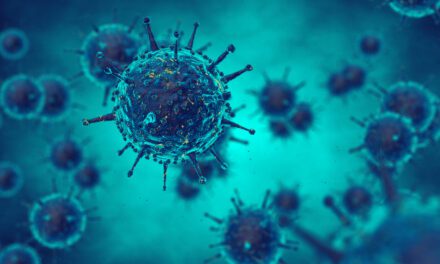Molecular diagnostics company DiaCarta has developed a novel test to detect the newest COVID-19 Omicron variant, based on its proprietary XNA technology.
This new multiplex qPCR-based test—QuantiVirus SARS-CoV-2 Variant Detection Test—screens for the SARS-CoV-2 virus and simultaneously identifies and differentiates all the new mutating COVID-19 variants including the Alpha, Beta, Gamma, Delta, Delta Plus, Epsilon, and the Kappa variants, as well as the recently identified Omicron variants. The company is commercializing this test globally after having obtained CE/IVD marking
The World Health Organization (WHO) classified the new SARS-CoV-2 Omicron variant as a variant of concern.
This variant is currently regarded as the most heavily mutated variant of the SARS-CoV-2 virus, exhibiting more than 10 mutations in the Spike protein, compared with two mutations in the Delta variant in the receptor binding domain, that is employed by the virus to initiate contact with host cells.
“We are extremely excited that our proprietary XNA technology has enabled the rapid development of a diagnostic test to identify the Omicron variant that is estimated by the WHO & CDC to be highly mutated, highly transmissible and extremely virulent,” says Ram Vairavan, PhD, senior vice president of Commercial Operations at DiaCarta.
DiaCarta’s proprietary XNA based Molecular Clamping Technology uses synthetic Xenonucleic acid molecular oligomers that hybridize with only target wild-type DNA sequences. The XNA oligomers act as molecular clamps that by blocking the wild-type sequences, only enables the accurate amplification of mutant sequences using quantitative real-time polymerase chain reactions (qPCR).
“DiaCarta’s XNA technology is extremely sensitive to detecting point mutations and can be widely applied to multiple diseases,” says Aiguo “Adam” Zhang, PhD, CEO of DiaCarta. “The ability of our test in detecting a new COVID-19 variant validates this multi-prong applicability of DiaCarta’s proprietary XNA technology and we look forward to advancing it in many different directions.”





